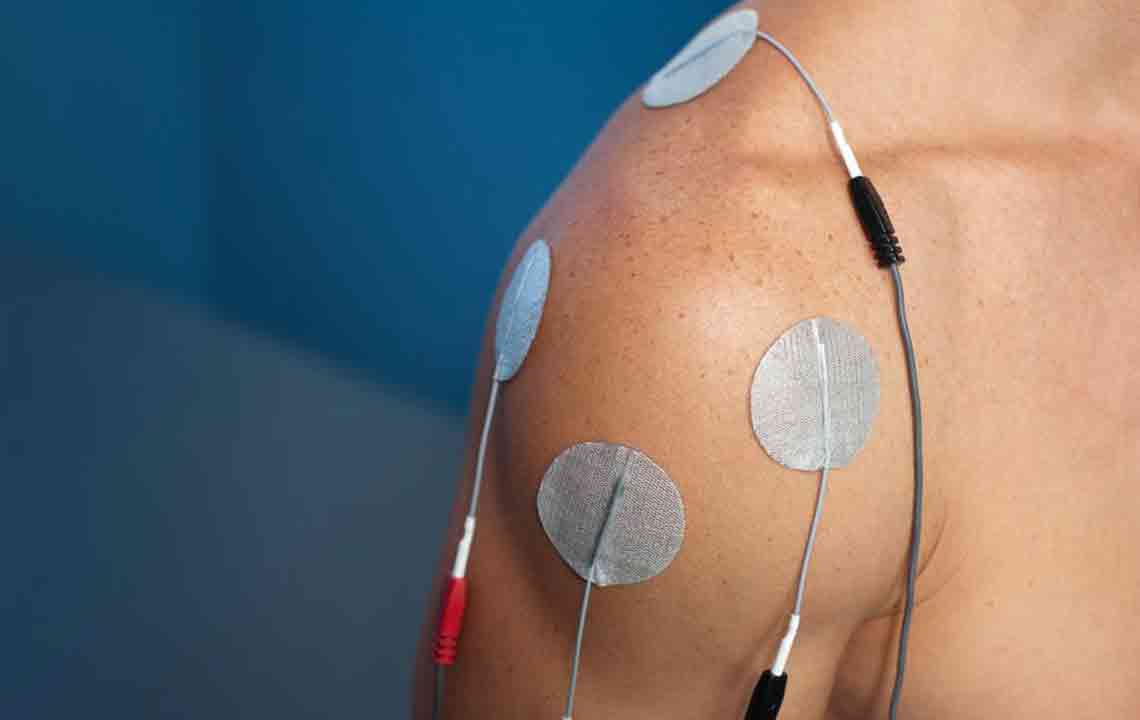Effective Treatment for a Rotator Cuff
Athletes who are usually involved in hyperactive activities and exercises can lead to a rotator cuff injury. The rotator cuffs are the group of muscles and tendons that surround the shoulder. These are the tendons which lead to the humor bone of the arm holding in with the shoulder blade. These muscles are responsible for the stability of the shoulder. A rotator cuff repair is needed when one of the four rotator muscles is damaged. It is necessary to remember that though these are minor injuries that can be cured with time, there might be cases when a severe rotator injury might need surgery.

The injury can occur either suddenly or gradually with time. Rotator cuffs are not permanently damaging injuries. If one has the problem of tendonitis, then he or she is more exposed to a rotator cuff injury. The injuries that occur with time are mainly seen in people who are involved in high rotators muscle movements such as the painters or the baseball player. However, the injuries that occur suddenly are seen in people who either fall on shoulders or who lift heavy weights. In these sudden cases, one must be cautious enough not to give any unwanted pressure on the hands.
It’s always better to prevent this problem, however, once your rotator cuff is injured you must understand that a surgical repair might be necessary. The damage is readily indicated by severe pain but sometimes through stiffness and uncomfortable movement of the shoulders as well. The pain is usually localized and occurs in the front part of the shoulder, and one might find it difficult to do the daily activities as well.
Treatments for rotator cuff
As there is a rapid update of technologies and advanced medical setup, a rotator cuff repair is not difficult in today’s times. There are a lot of rotator cuff repair treatments that can relieve pain, reduce inflammation, and help you regain strength, boost the area’s function and flexibility. While a few cases might need a surgical treatment, others may very well be treated by various non-surgical treatments. These include resting the shoulder on the sling or gently moving it from time to time to avoid stiffness. Using a hot bag or a cold medication pack is recommended.Physiotherapy is also a very effective form of treating and repairing the rotator cuff. Physiotherapy exercises would restore strength and function of the shoulder again. The best part is that these exercises can be easily performed at home.
Steps of surgical repair and the minor risks involved
In the surgical way of repairing the rotator cuff, the following steps are involved:
- The tendons are cautiously re-attached to the bone.
- Small rivets also called suture anchors are often used to help in attaching the tendon to the bone. The suture anchors that are used can be made of metal or material that dissolves over time, and they are never removed throughout its lifetime.
- Sutures or stitches are attached to the anchors, which tie the tendon to the bone.
At the end of the surgery, the incisions are cautiously closed, and a dressing is done.When an arthroscopy is performed, the surgeons usually take pictures of the procedure from the video monitor and show the patient what they found along with the repair that is made.
Why must you opt for surgery?
If there’s an availability of non-surgical ways of rotator cuff repair, then why opt for a surgical method? The reasons for rotator cuff repair may be listed as below:
- If you have a severe shoulder pain when you rest or at night, and it has not shown even a bit improvement even with exercises over the past 6 to 12 months.
- You have an active lifestyle and use your shoulder for sports or work, then, surgery is essential.
- Surgery is a good choice when a person has a large and complete rotator cuff tear or a tear that was caused by a very recent injury.
- A partial or minor tear may not require any surgery and rest and exercises can be used to heal their shoulder. This is often the best option for people who do not place a lot of stress on their shoulders. However, if the pain doesn’t subside and the tear seems to grow larger over time, surgery can be the treatment option.
Risks involved in surgical treatment
There are always a few risks involved in surgery and with anesthesia. You might face a few problems with your breathing. There can be severe allergic reactions to medications. Bleeding, blood clots, infections that might hurt you a lot. Also, failure of surgery to relieve symptoms and a repeated operation can also occur. There are chances that an injury to a tendon, blood vessel or nerve that might remain incurred. That’s why, it’s important for you not to delay a rotator cuff repair, and choose a well-trusted expert to handle your case.
If you have a pain that does not go away even after weeks of non-surgical treatments, then it might be imperative to opt for a surgical rotator cuff repair to make you more fit and fine and to be able to do any work without experiencing pain and discomfort.

